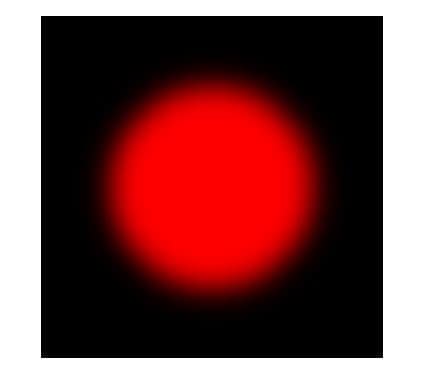Modern Image Sensors: Understanding Electronic Eyes Everywhere
As technology advances, the ability to create smaller and more sensitive image sensors is growing. In fact, you can find image sensors, which are basically digital cameras, nearly anywhere you look, from your mobile devices to your newest line of vehicles.
Image sensors allow engineers to install cameras into nearly anything. They were first used in camcorders and digital cameras, but now they can be used in technology as advances as space telescopes, or the rear-view parking assist camera on a Dodge Challenger. There are two different types of image sensors, each with their pros and cons when it comes to different applications. Here’s a brief explanation of the two types of sensor.
CMOS Image Sensor
CMOS stands for Complementary Metal Oxide Conductor. For most consumer applications, this is the best sensor out there because it is cheaper to produce than the other type, the CCD (Charge Coupled Device).
CMOS sensors convert light into pixels at a fast rate, meaning that one of the best applications it can be used for is in DSLR cameras. Although the specifics of image sensors can be very technical — there are entire fields of electrical engineering dedicated to making better, faster sensors — the basics are quite simple. Thousands, even millions, of CMOS sensors are placed on a chip to collect the light from an outside source and convert it into a digital signal. CMOS sensors work so well because there is very little distortion during this conversion and the chip uses very little power to operate. The light sensitivity with a CMOS sensor is much lower than with a CCD, meaning that you can generate quality images in low light situations.
For almost any regular application, such as mass-produced consumer products, CMOS chips are the go-to standard for image sensors.
CCD Image Sensor
As you may have guessed, CCD sensors are more expensive to produce, but they can also produce a much more high-quality image than with a CMOS.
CCD sensors produce images with very little noise, which means that there are unwanted variations in color and brightness in an image. They have been mass produced for a much longer period of time, so the technology has grown much better over the years than CMOS sensors. CCD sensors are used in high-end cameras that need to produce great images. They consume more power than a CMOS, but the overall image is better.
The End of CCDs?
As the technology to build better chips increases each year, the prospect of CCD sensors staying around forever seems bleak. CMOS sensors are much cheaper to produce; so many businesses are moving to use those sensors.
But it isn’t just about the money: CMOS sensors are getting better all the time, so some speculate that the quality will nearly match or even surpass the quality of a CCD image sensor.
Chances are, you use either a CMOS or CCD sensor every day, whether it be in your smartphone or in a video camera.
Gabriel Greenwood works in the auto industry and is a huge fan of technology, excited to see what emerges next from the auto industry.





